The Promising Future of Virtual Reality in Education
Virtual reality (VR) technology has the potential to revolutionize the education sector, promising radical changes to the way knowledge is imparted and received. This article seeks to explore these poential changes, discussing the benefits and challenges it holds for the future of education, as well as its impacts on the traditional classroom setup.
The Benefits of Virtual Reality in Education
At its core, what makes VR technology truly transformative for education is its ability to create immersive learning experiences. For Instance, students can take a virtual tour of the Colosseum in Rome or the Great Wall of China without leaving their classrooms. They can even travel back in time, reliving critical historical events in an almost firsthand fashion.
Moreover, VR provides limitless resources and references, facilitating better understanding and assimilation of complex topics. Through interactive 3D models, students can dissect a virtual frog or study the human circulatory system in a hands-on, engaging manner.
Impact on Traditional Classroom Setups and Teaching Methodologies
Despite all its advantages, VR technology challenges the traditional classroom setup and teaching methodologies. It demands a shift from lecture-based learning to more experiential and participatory forms of learning. The teacher's role may shift from being a dispenser of information to becoming a facilitator and guide, navigating students through the VR learning experiences.
Student interaction can also alter in fascinating ways. Through shared VR environments, students can communicate and collaborate with each other, even if they are geographically distant.
Limitations, Obstacles, and the Path Ahead
Serious challenges need to be addressed before VR can be broadly implemented in education. These include the high cost of VR equipment, a lack of VR content appropriate for education, technical difficulties in using VR devices, and concerns over health and safety.
However, real-world examples suggest these obstacles are surmountable. For example, Google Expeditions and Microsoft's HoloLens are already being used in classrooms around the world, demonstrating how these advancements can foster student engagement, strengthen learning outcomes, and make learning more appealing.
Despite the challenges, the potential benefits of VR in education are truly staggering, paving the way for a future where learning is an indivisible blend of the real and the virtual. It's not just wishful thinking but a plausible, promising future that is only waiting to be fully unraveled.
Conclusion
As we stand on the brink of a major shift in educational practices, it’s exciting to see where VR technology can take us, breaking down the walls of classrooms and literalizing the metaphor of the 'global classroom.' Achieving this would require overcoming significant challenges but if done right, the rewards could reshape the very future of education!
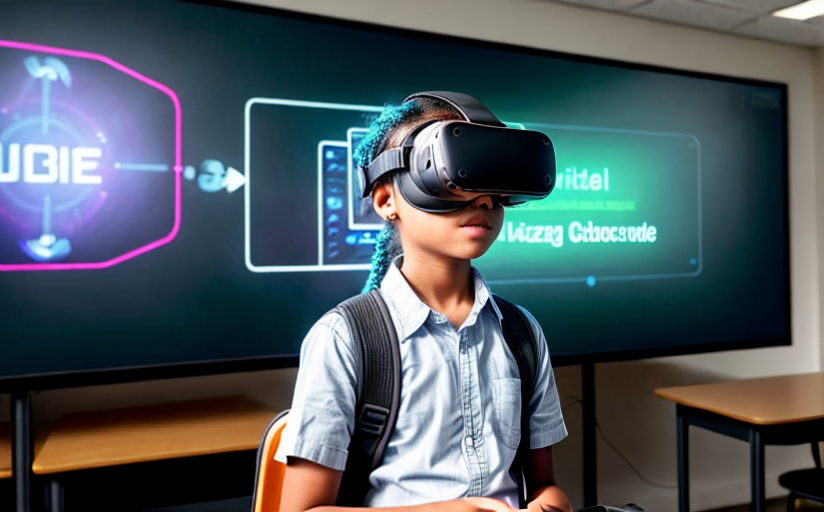
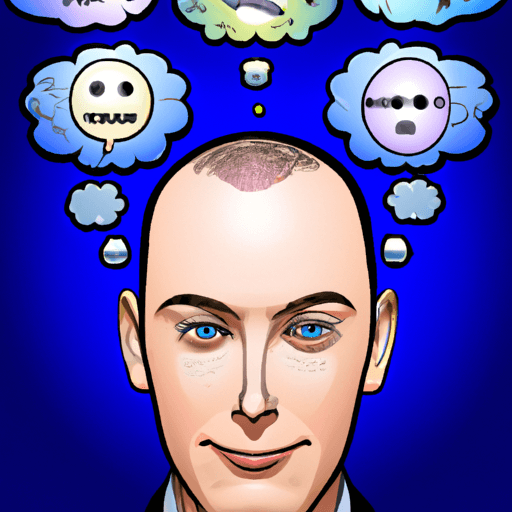


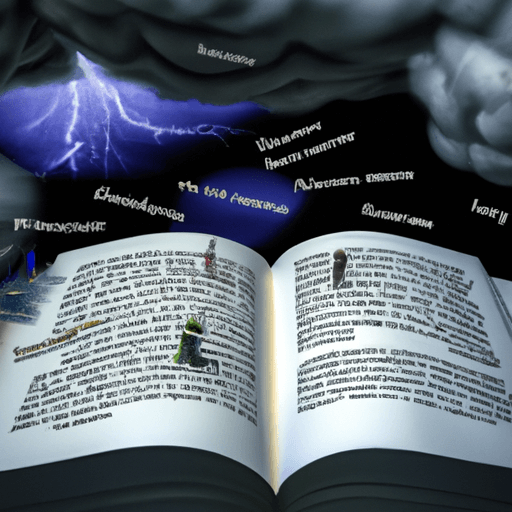

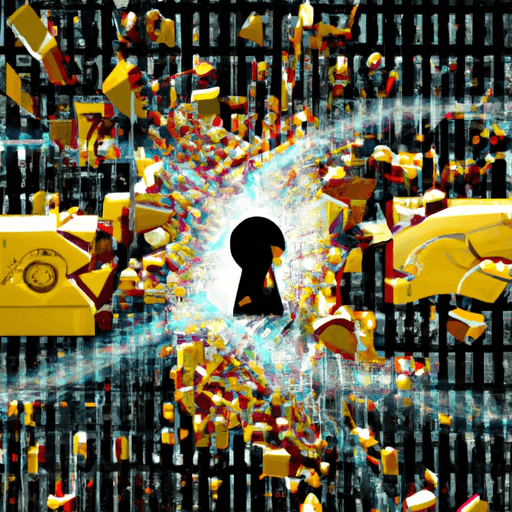
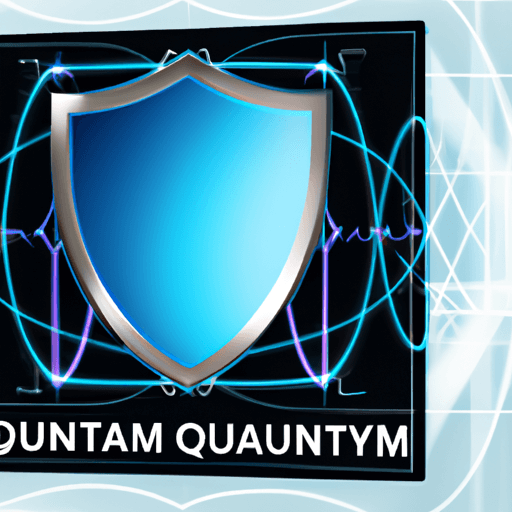
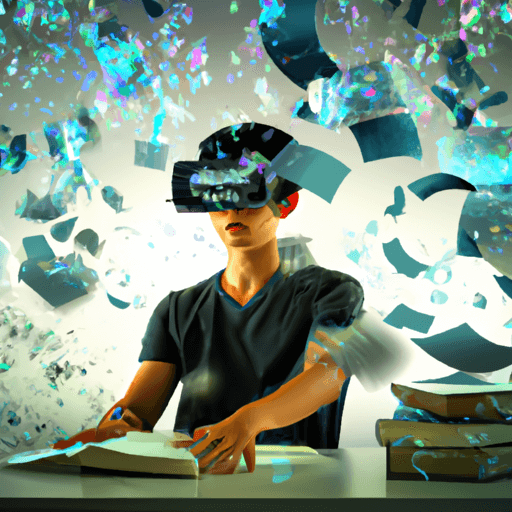
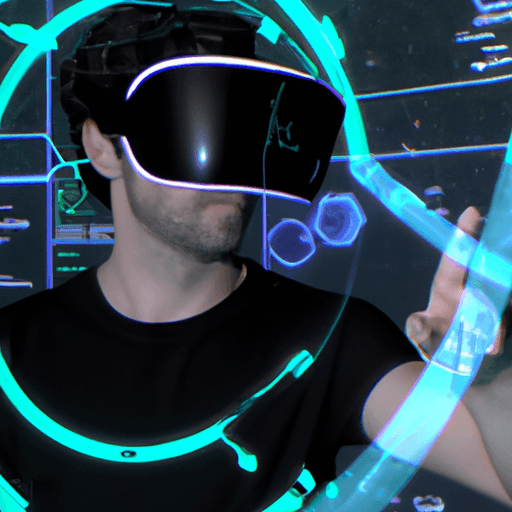
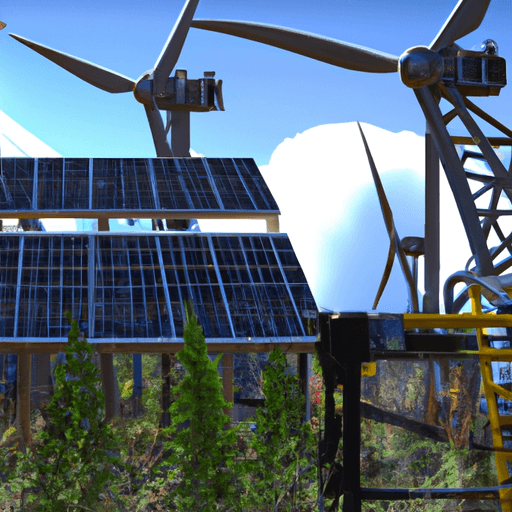
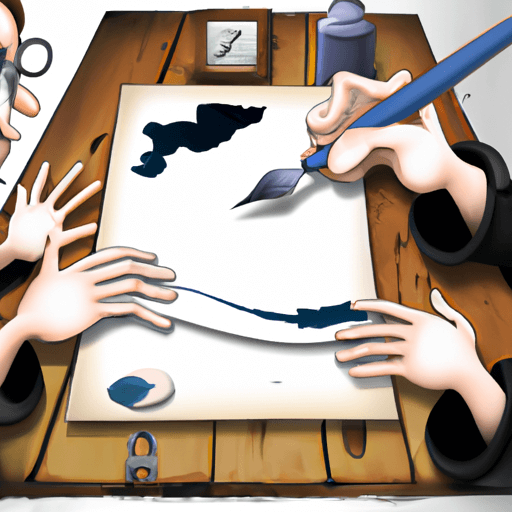
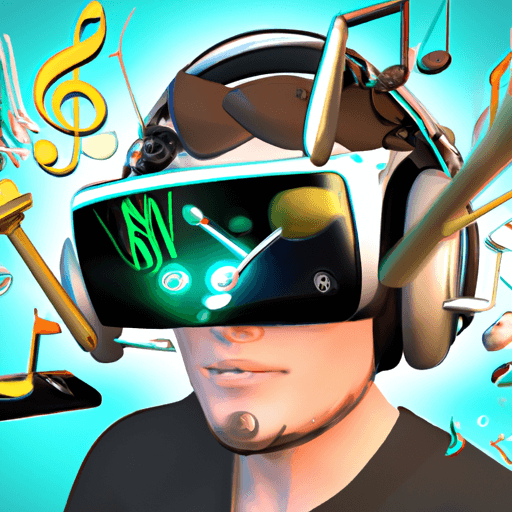

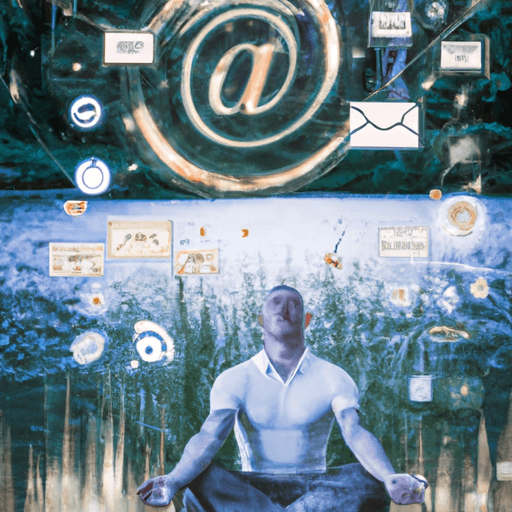
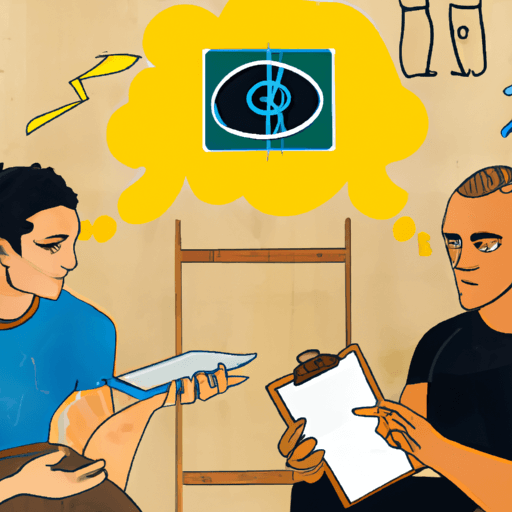
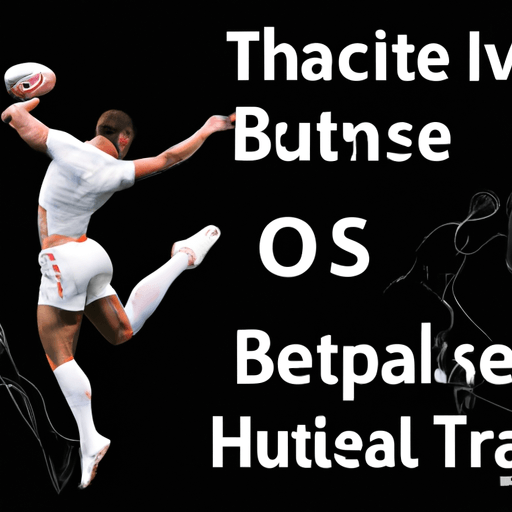
Comments
Leave a Comment